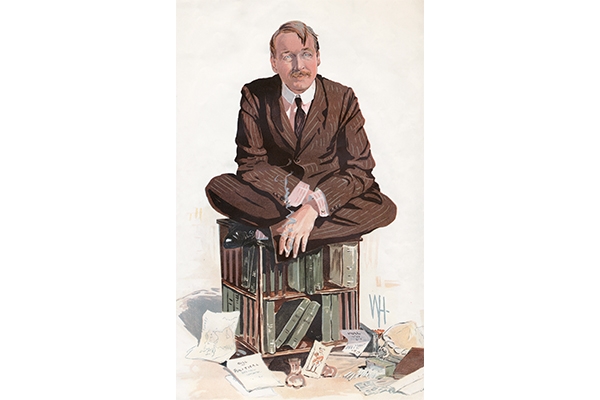When turbaned warriors from Daesh (or Isis) advanced on Raqqa in Syria two years ago, they whooped wildly about having ‘broken the Sykes-Picot Agreement’. They were celebrating the destruction of national frontiers which had stood for nearly a century, since the fall of the Ottoman empire in 1918.
They were also venting their spleen against the two villains (as they saw it) of the piece — one British, Sir Mark Sykes, and the other French, François Georges-Picot, who, after months of diplomatic haggling, had drawn metaphorical lines in the desert sand to reach their secret 1916 agreement apportioning Ottoman lands and creating the modern Middle East.
In doing so, Sykes and Picot set aside promises of an Arab homeland made to Sharif Hussein of Mecca. Together with the Balfour Declaration, their pact not only perpetuated western influence in the region but advanced the cause of Zionism.
Christopher Simon Sykes, best known as a photographer of country houses, had long been curious about his reviled grandfather Mark who died, exhausted, in the Spanish flu epidemic of 1919.

Get Britain's best politics newsletters
Register to get The Spectator's insight and opinion straight to your inbox. You can then read two free articles each week.
Already a subscriber? Log in






Comments
Join the debate for just £1 a month
Be part of the conversation with other Spectator readers by getting your first three months for £3.
UNLOCK ACCESS Just £1 a monthAlready a subscriber? Log in